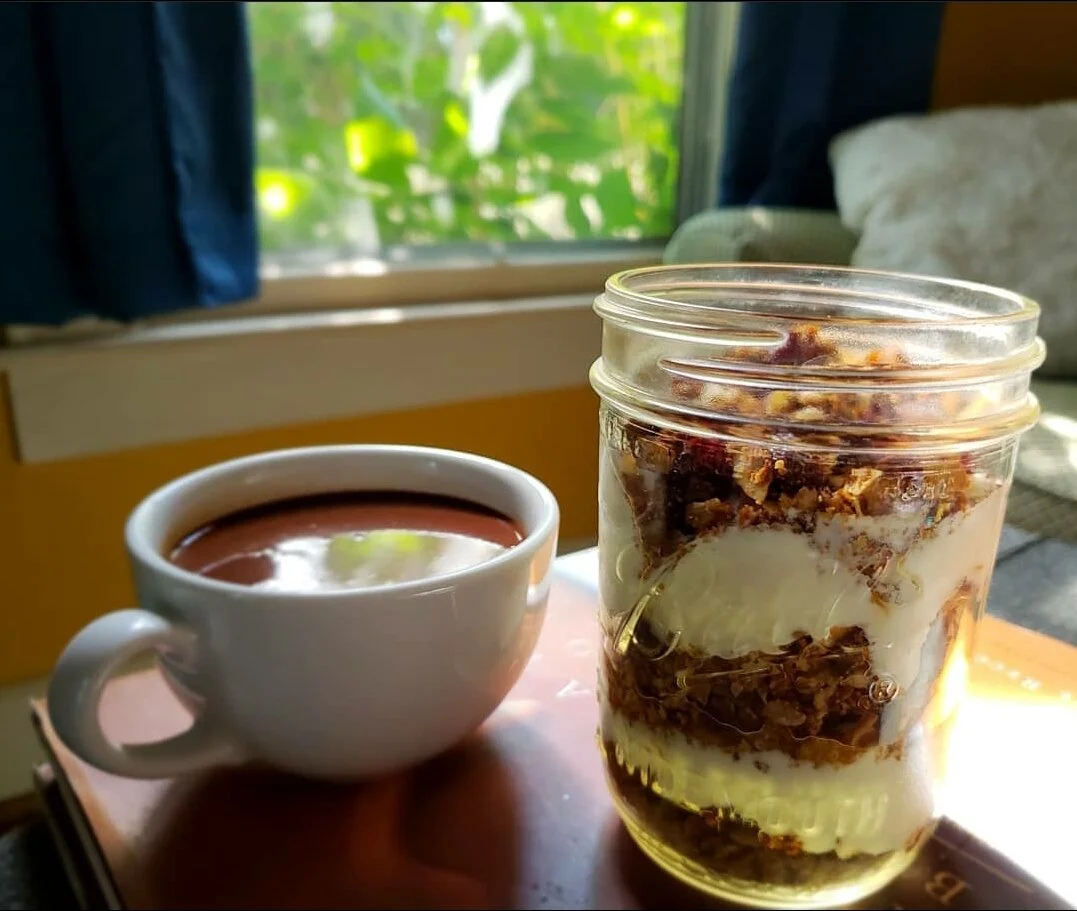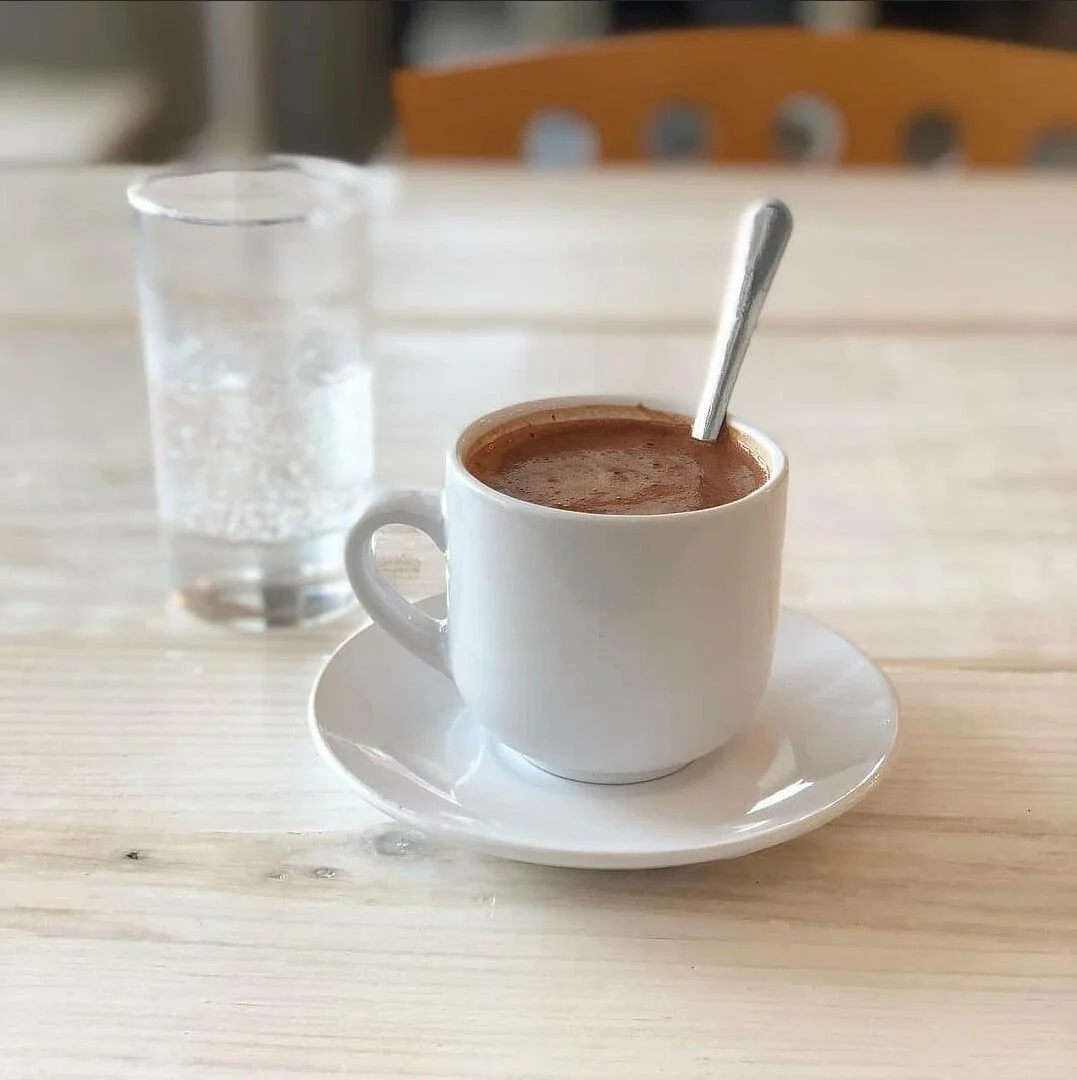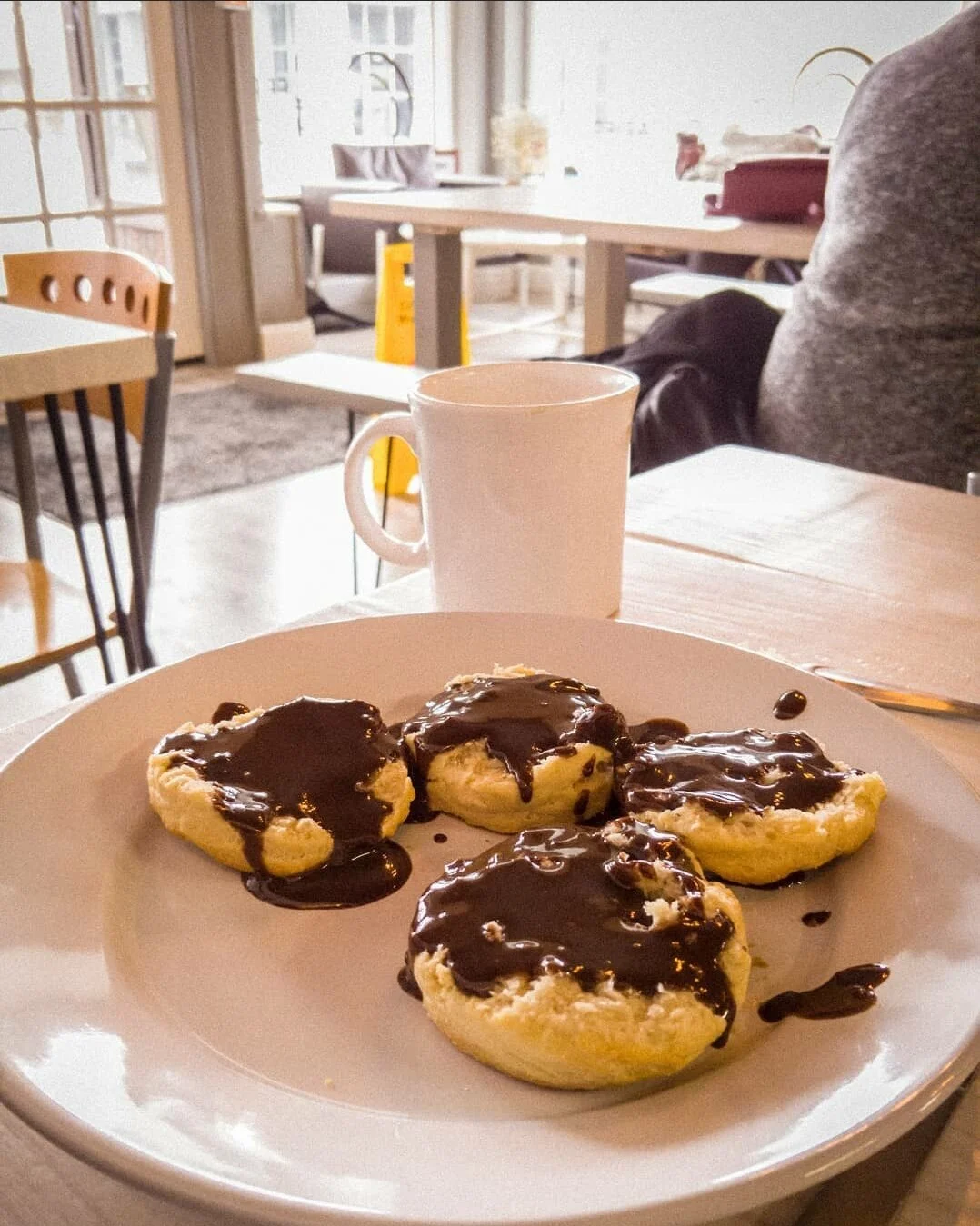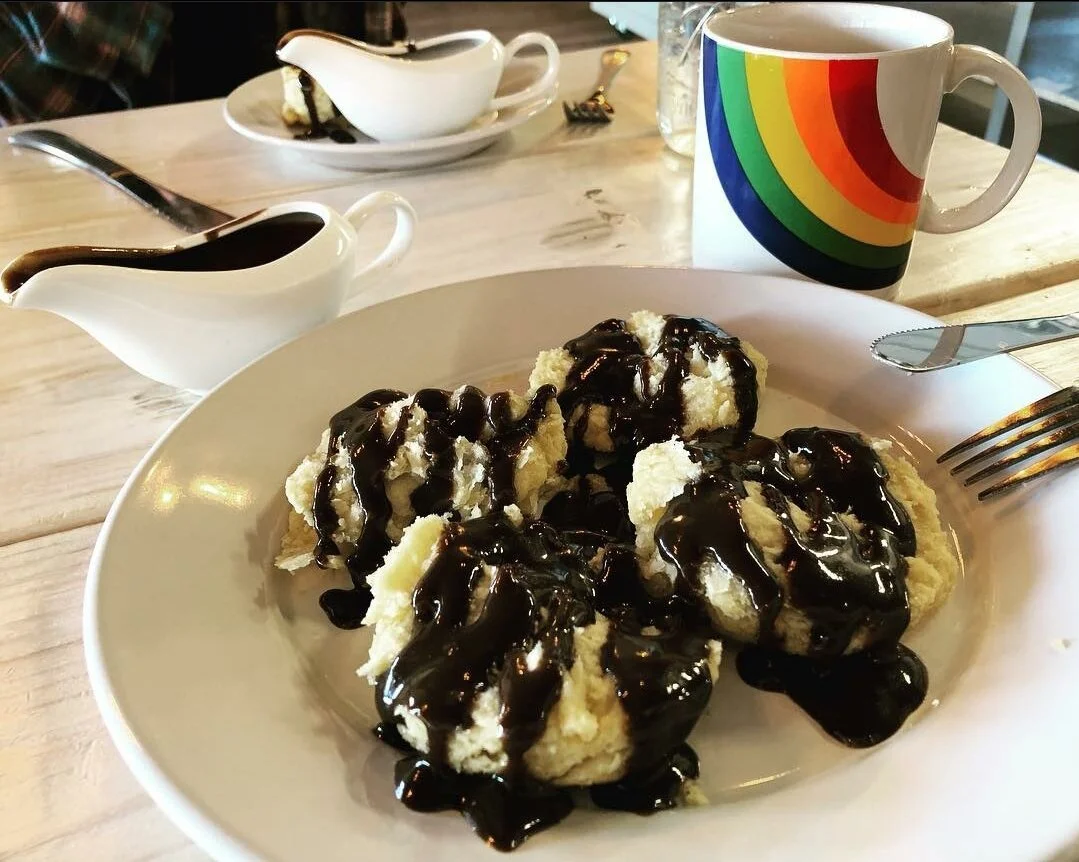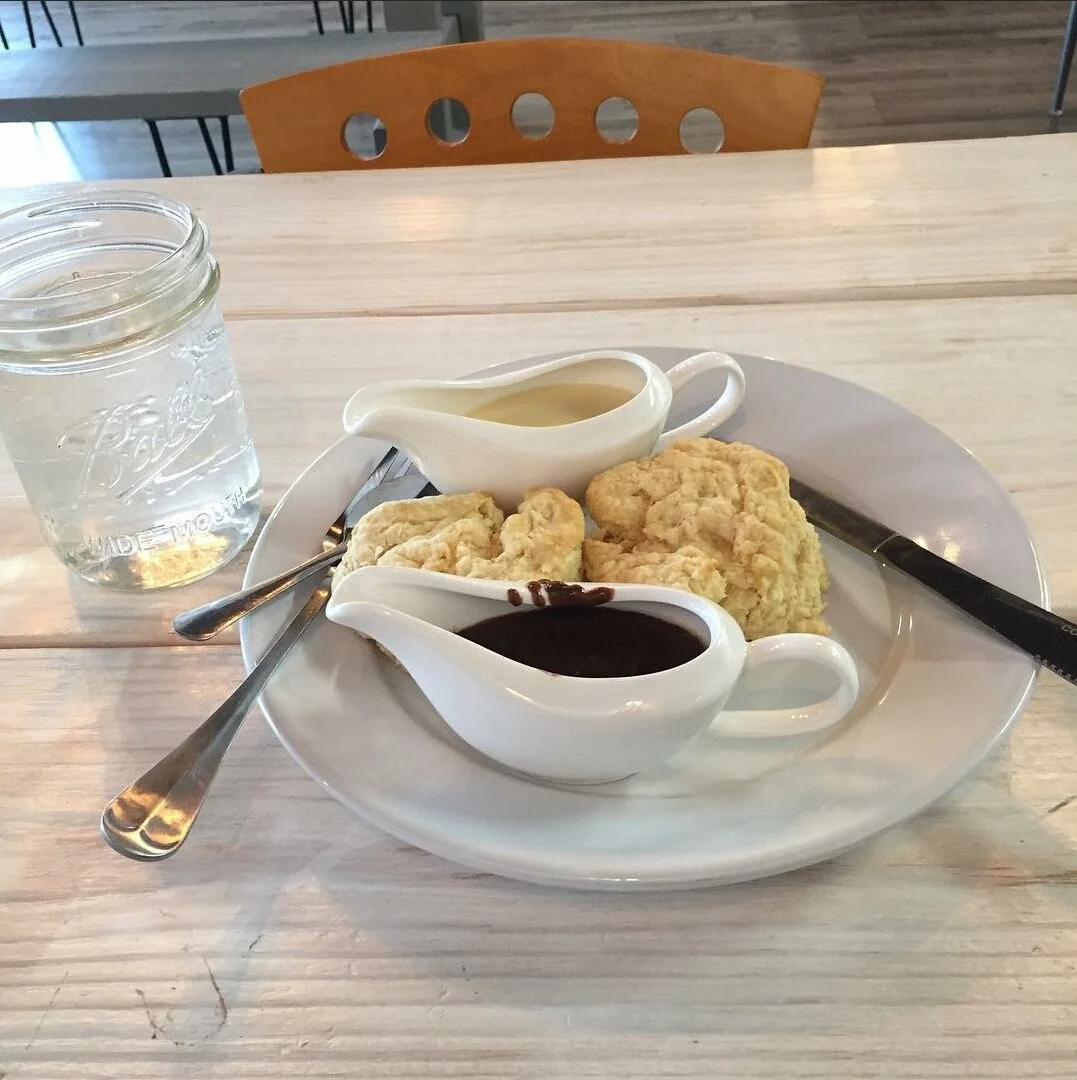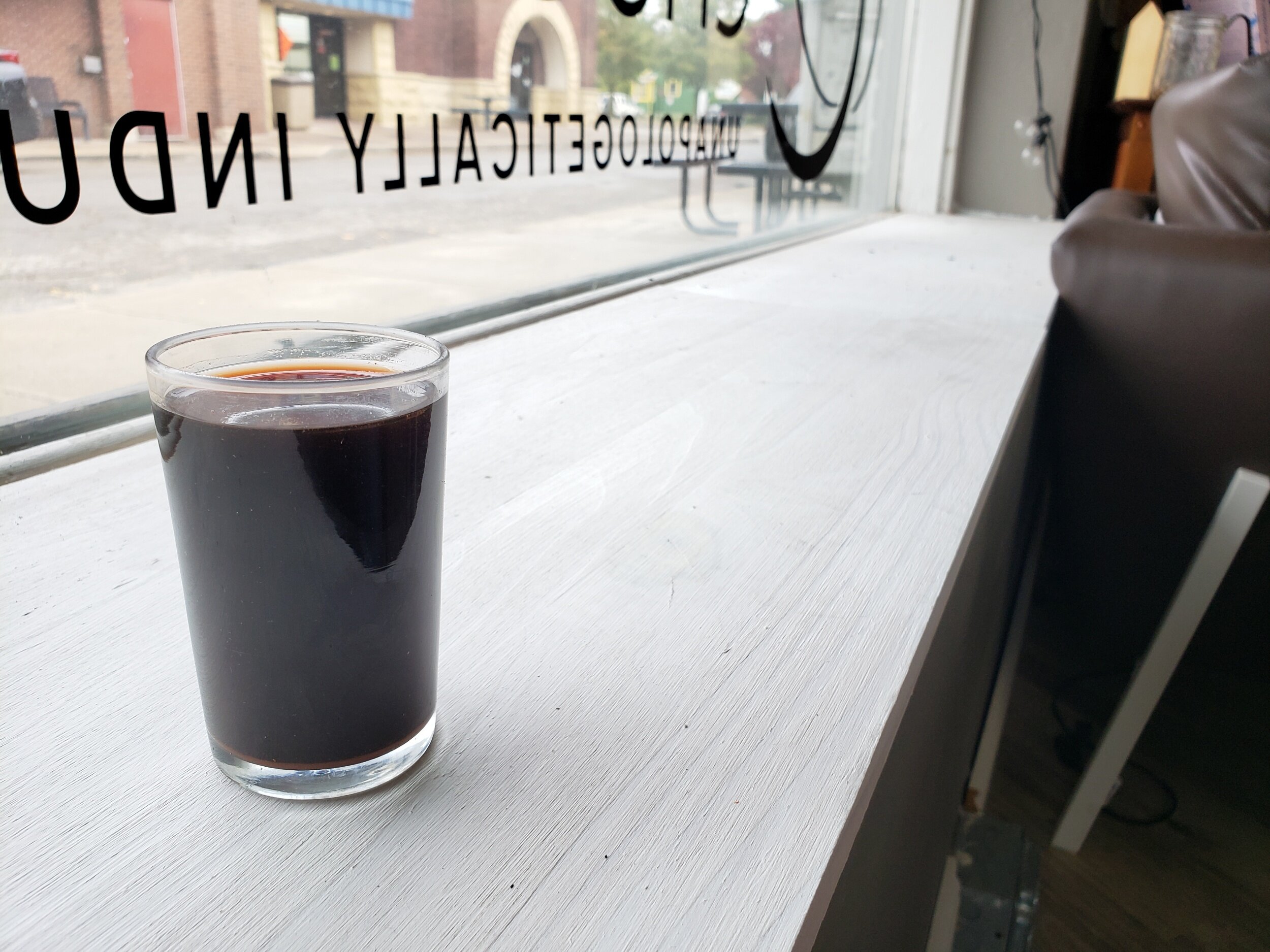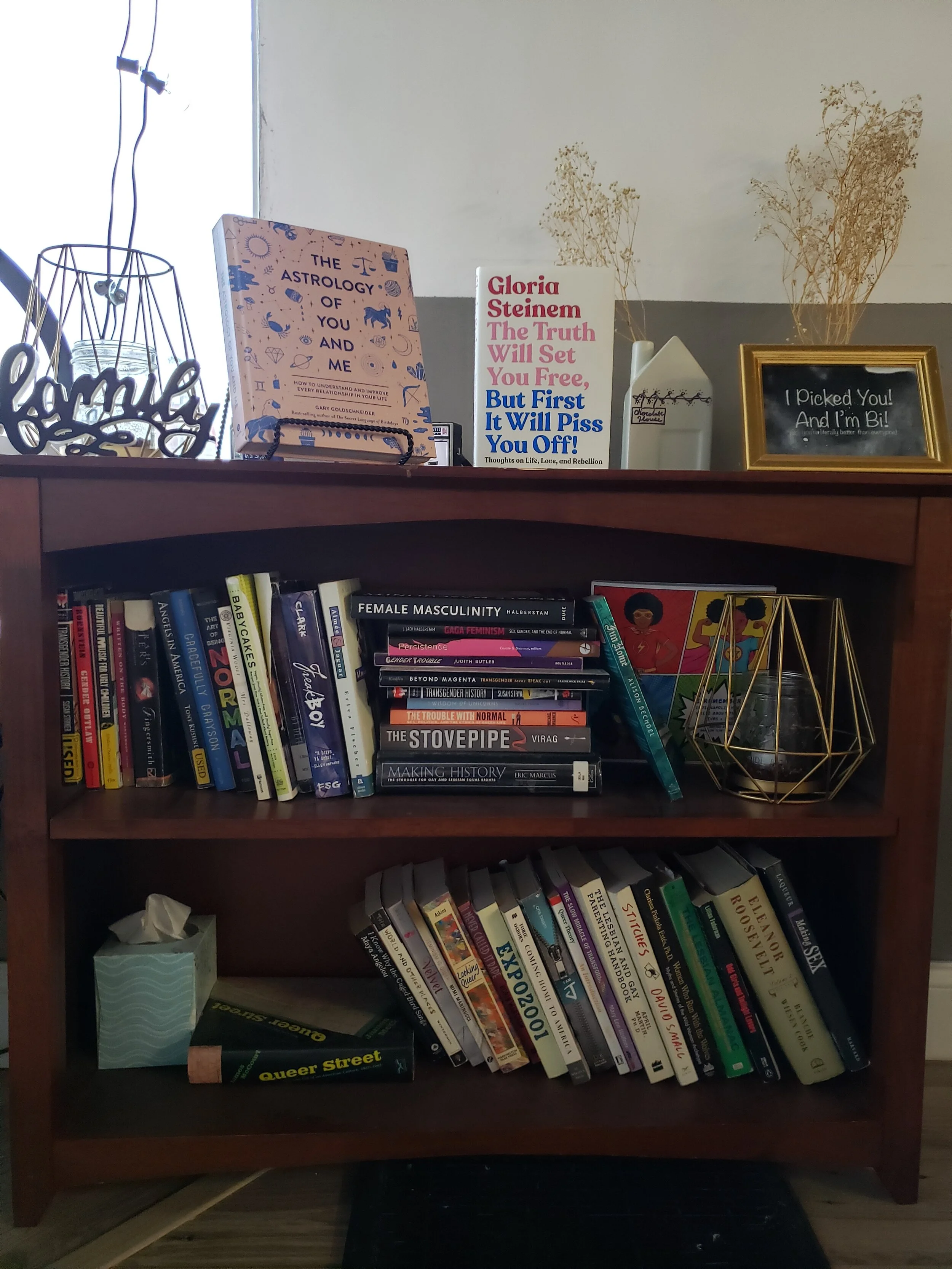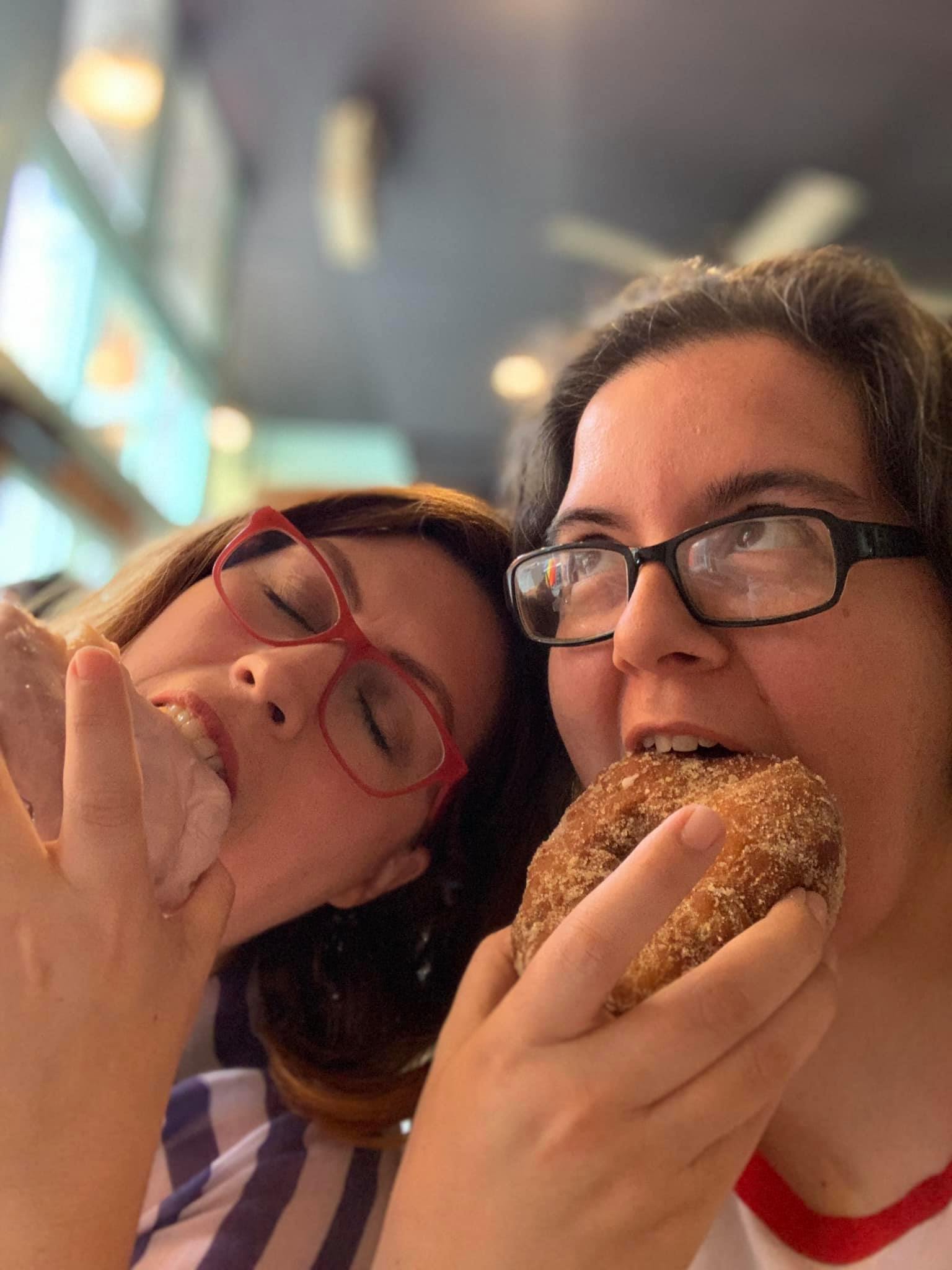Scale is such a weird thing because this is a big leap from the occasional 5-10lbs I would purchase to experiment with, but I'm certainly overexcited about an amount that some craft chocolate makers buy regularly, and I am definitely no Hershey’s!
But I’m proud. And, like many queers, I'm ready to show off my pride.
My original goal was to become a chocolate maker supplying 100% of the chocolate I use for truffles with the chocolate I make in-house within a year and to craft bars to sell sometime thereafter. But who needs to wait a year when I have more time to dedicate to learning and practicing the craft in real-time!
Join me as I begin my journey of creating my confections, from bean-to-bar-to-truffle!
Where Cacao Farmers Are
The average age of farmers is older than almost all other workers across all industries in the United States. In other words, farmers are continuing to age without younger folx entering the industry. As farmers age and see family members less likely to take up the vocation, they extend their farming careers well into their 50s, 60s and sometimes older.
In many cases, this holds true for cacao farmers across the world as well. Cacao farmers and farmworkers often skew older in age and fewer families see younger generations take up the trade as there is too little money to engage in the very manual and exhaustive labor.
This is why chocolate should cost more, but that is for another blog post.
The reason I bring up the age of cacao farmers is because of the COVID-19 pandemic; we have seen the virus be incredibly harmful to those who are older. Cacao farmers, farming operations, and cooperatives could be directly impacted by the virus, but even if they aren’t, harvest season for some is approaching and any restrictions on work or movement by governments may disrupt cacao harvesting. Disrupted harvests mean less beans, which obviously means less chocolate.
Thankfully, as of yet, the Fine Cacao and Chocolate Institute (FCCI) has not observed any sort of massive supply disruption, based on their recent flash polling of craft chocolate companies. Interestingly, as a point of comparison, the coffee supply chain is beginning to feel more impacts as coffee shops are often more dine-in focused than chocolate shops, and as a result of social distancing measures, coffee shop demand is lower (which means roasters are roasting less, and importers are importing less or altogether canceling orders, which puts smaller exporters in financial distress, not to mention farmers). I’m grateful to Angie at Flying Rhino Coffee for bringing the coffee supply chain concerns to my attention!
The source for my recent purchase of cacao beans is Tumaco, Colombia and I was able to purchase them through Uncommon Cacao, which is an organization that champions the direct trade of cacao beans in order to increase revenues for farmers.
Tumaco is in the Southwestern part of Colombia, near the border with Ecuador, and is along the Pacific coast. The cacao farmers in this area of Colombia are actually among some of the younger-aged growers and are in a relatively remote area. The Colombian government had a 20-day-long shelter-in-place order that was scheduled to be lifted as of April 15. As a result of the order, Cacao Hunters chocolate facility has closed; Cacao Hunters is the partner of Uncommon Cacao in performing quality control evaluations and blending of the beans grown in this region. And, with the temporary closure along with disrupted travel, they are facing some mild challenges but luckily their peak harvest season is not yet here and is maybe six weeks or so away.
All of this is to say, COVID-19 has yet to significantly impact the growers of cacao in Tumaco, but there are reasons to remain vigilant and concerned in the coming weeks.
I will be doing my best to support cacao growers by continuing to purchase beans as I work to grow my chocolate making operations. And, as is it cornerstone to our business model, I will be as transparent about this process by sharing where I am getting my beans and passing through what I am learning about the growers and their practices and relationships in the supply chain.
Where we are going
Honestly, it is not easy to see the road ahead. For our business, our community, and our industry. I’ll only speak to my goals and intentions.
Making chocolate from scratch is the way forward for Queer Chocolatier. We will continue to source from Chocolates El Rey, as the relationship we have had with them since 2017 has been strong, but we will continue to incorporate our own housemade chocolate from beans purchased via direct trade. We will offer our own crafted bars of chocolate for retail purchases in the coming months as well as our truffles and perhaps additional confections.
Our online store will be our primary platform for sales for the foreseeable future and other smaller chocolate businesses are also moving in this direction. And, in full transparency, I am in no rush to open the Chocolate House as I am uncertain as to how safe we will all be if we are to see a lifting of any stay at home orders. Until there is broader testing, I feel as though it isnt responsible for me to open and have dine-in services, no matter how anxious I am to see faces I have been missing for over a month. I intend to follow the guidance of health professionals and scientists leading the way and remain open to changing and evolving data and information.
The craft chocolate industry is strong with relationship-based supply chains and direct trade with cacao growers. But farmers have vulnerabilities and that makes the relationships that much more essential to supporting the health of growing operations.
Knowing that we all exist in a perpetual state of uncertainty, I do want to assure folx that I remain committed to the long-term success of Queer Chocolatier, but I do not wish to make promises beyond this. I will do all I can to remain in our current location in the Village and I feel reasonably confident that I can hold steady until the end of May if nothing else changes. Beyond then and into the summer remain a mystery as I typically do not ship products in the hotter months of the year. But I am shifting my attention to researching shipping options to extend our ability to fulfill online orders in June, July, and August.
Because shipping in the summer has not been a part of our business operations in the past, I have released a new curated 4-pack, our Solidarity Stay-at-Home truffles featuring 3 of our summer flavors (S’mores, Mojito, and PB&J) that are ordinarily unavailable to our customers who get our products in the mail. The fourth flavor is Mulled Wine, which is arguably our most popular truffle flavor! This pack also has included in the cost a built-in tip for our three furloughed employees as I remain as committed as ever to supporting them.


